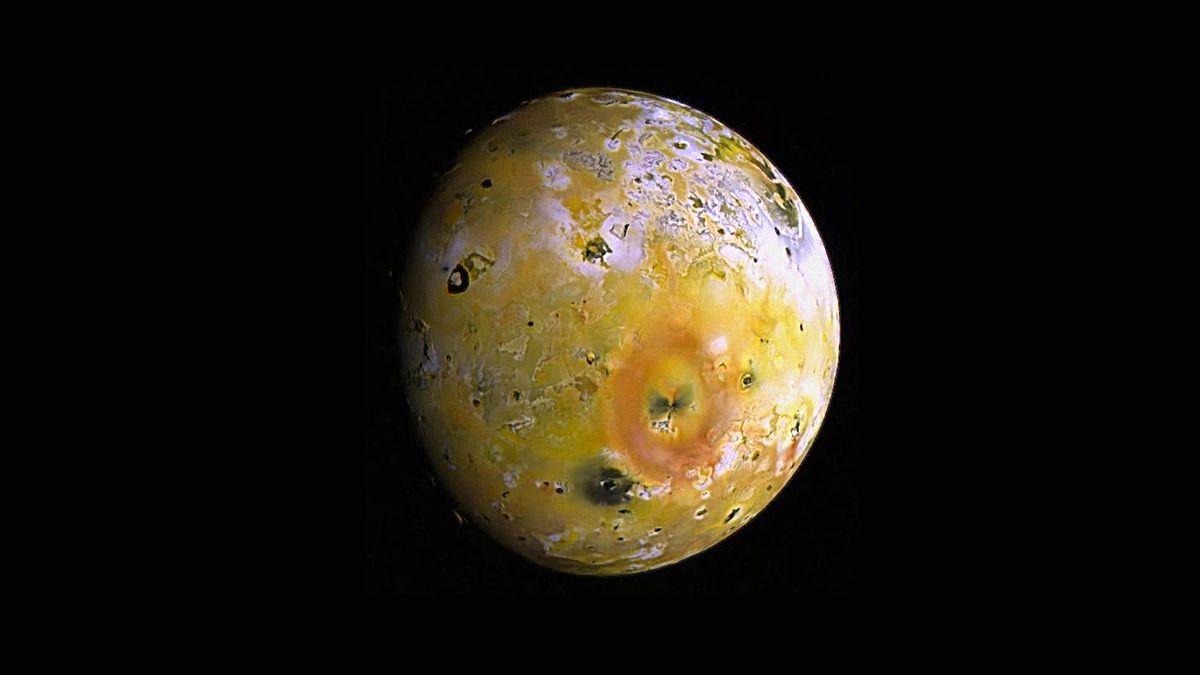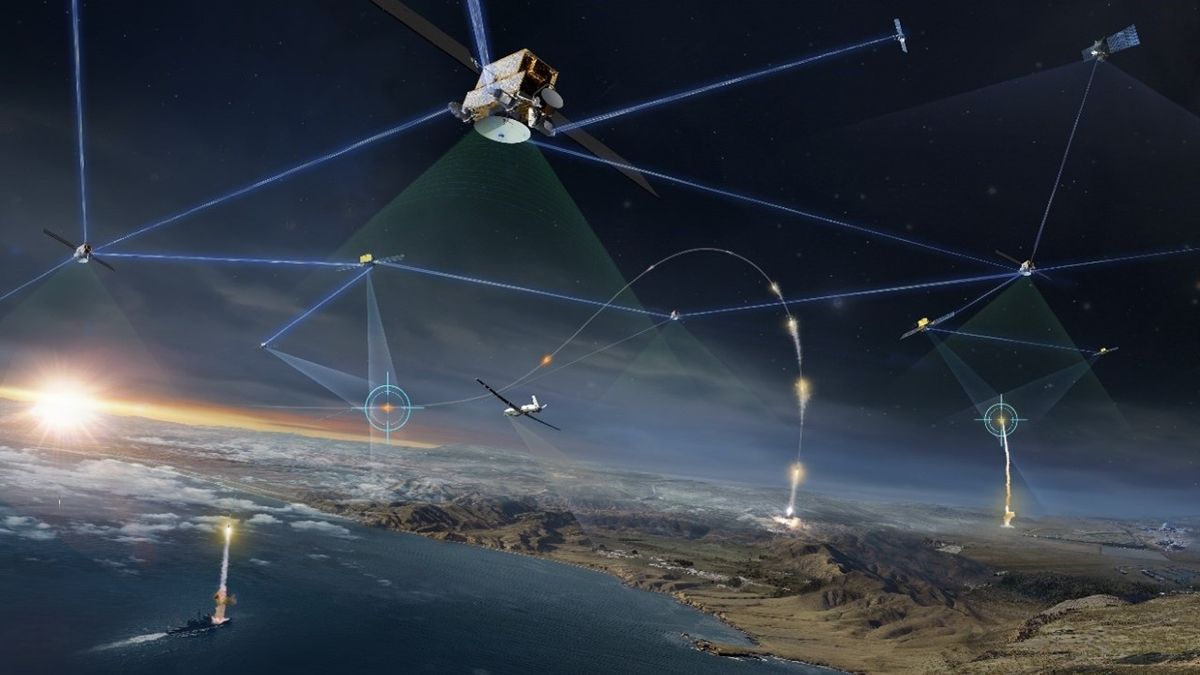Understanding Io: Jupiter’s Most Volcanic Moon
Io, the moon of Jupiter known for its intense volcanic activity, has been a subject of scientific fascination for years. New research led by a team of scientists sheds light on the tumultuous history of this celestial body, revealing insights into its volcanic nature spanning over billions of years.
The Atacama Large Millimeter/submillimeter Array (ALMA) Study
The team of scientists utilized the Atacama Large Millimeter/submillimeter Array (ALMA) to analyze the composition of Io’s atmosphere. By tracking sulfur and chlorine in the moon’s atmosphere, researchers were able to gain a deeper understanding of the volcanic processes at work on Io.
It has long been known that Io’s volcanic activity is driven by the gravitational interactions between Jupiter and its neighboring moons Europa and Ganymede. The immense tidal forces generated within Io due to this gravitational tug-of-war contribute to its intense volcanism. However, the duration of this volcanic activity remained a mystery until now.
Katherine de Kleer, team leader and Assistant Professor of Planetary Science and Astronomy at Caltech, highlighted the challenge of uncovering Io’s volcanic history due to the continuous lava flows that mask any features older than a million years. This limitation made it difficult to explore Io’s volcanic past beyond recent geological timescales.
The Orbital Resonance and Volcanic Dynamics of Io
Io’s unique position in an orbital resonance with Europa and Ganymede plays a crucial role in its volcanic activity. This resonance, characterized by specific orbital periods for each moon, results in gravitational forces that shape Io’s surface and generate internal heat through friction in its mantle.
As Jupiter, Europa, and Ganymede exert tidal forces on Io, the moon experiences surface fluctuations of up to 330 feet, akin to a significant elevation change on Earth. Computer simulations suggest that this resonant orbital configuration has persisted since the formation of these moons, indicating a long history of volcanic activity on Io.
Insights from ALMA Data
Through their analysis of sulfur and chlorine isotopes in Io’s atmosphere, the research team uncovered significant evidence of prolonged volcanic activity on the moon. The presence of heavy isotopic variants of sulfur and chlorine molecules indicated a loss of lighter isotopes over billions of years, a phenomenon attributed to ongoing volcanism.
Katherine de Kleer emphasized the importance of using sulfur isotopes to infer Io’s volcanic history, confirming predictions made about the moon’s long-term evolution. This research not only provides crucial insights into Io’s volcanic nature but also raises intriguing questions about its past environments.
Future Endeavors in Io Research
Looking ahead, de Kleer expressed a keen interest in exploring Io’s potential history of water oceans and ice crusts that may have been impacted by its volcanic activity. By delving further into Io’s geological past, scientists aim to unravel the mysteries surrounding this enigmatic moon.
The team’s findings, published in the journal Science, mark a significant milestone in our understanding of Io’s volcanic legacy and pave the way for continued exploration of Jupiter’s most volcanic moon.
Image/Photo credit: source url





